Toyota Auris Hatchback (2007-2013) engines, drive and performance
.jpg)
Toyota Auris performance isn’t particularly stunning and although the range originally kicked off with a 96bhp 1.4-litre petrol, most bought the more powerful 122bhp 1.6-litre. It’s a good choice, both lively and responsive. The diesel range, meanwhile, started with the small 89bhp 1.4-litre that averages 56mpg, although it isn’t particularly quick to accelerate or capable of a fast top speed.
The more powerful 130bhp 2.0-litre D-4D strikes a better compromise between usable performance and excellent economy. At 61mpg, it returns better fuel economy than the smaller 1.4 diesel. Against the clock the 2.0-litre diesel reaches 62mph in 10.3 seconds. The top-of-the-range diesel is faster still with the 180bhp 2.2-litre sprinting to 62mph in 8.1 seconds.
At the end of 2008 a 1.33-litre VVT-i engine replaced the 1.4-litre petrol. It boasts increased power with 100bhp yet is considerably more economical with average fuel economy of 49mpg compared to 41mpg in the 1.4-litre. This is helped by a stop/start system that cuts the engine in stationary traffic and the technology also helps cut CO2 emissions, making it cheaper to tax.
In 2009 the remaining engines were all tweaked to improve efficiency as part of Toyota’s Optimal Drive technology. The 1.4-litre diesel now delivers 60mpg and 125g/km CO2 with the manual six-speed gearbox. A new 1.6-litre petrol engine (known as Valvematic) replaced the previous VVT unit and it’s not only more powerful but better on fuel too. Don’t expect spirited performance from the 2010 134bhp HSD version, though.
The petrol/electric Hybrid Synergy Drive model isn’t particularly rapid even in the Power mode where it takes a fairly onerous 11.4s to get from a standstill to 62mph. Top speed is 112mph. The HSD has three driving settings: EV, Eco and Power. In EV mode it’s powered solely from the electric motor up to 30mph then in Eco mode it’ll convert to petrol engine power but with fuel-saving benefits.
If you want a bit of extra go select Power mode but expect less economical driving. However, there’s not a lot of difference between that and the Eco mode, so if you want performance this is not the car for you. The Auris HSD is perfect around town, the electric motor runs silently and effortlessly in EV mode and all the while you are getting zero emissions and fuel consumption.
The Auris isn’t the best car to drive in the small hatch class. A Ford Focus or Volkswagen Golf both offer more driver involvement and better road holding than the Auris, but that said, the Toyota isn’t hopeless. Far from it in fact, some may actually prefer the little effort needed to drive the Auris over its competition. Interestingly, the top spec 175bhp 2.2-litre had a more complex rear suspension arrangement that helped it come closer to matching the Focus, although ultimately was overshadowed by its petrol competition that were quicker, sharper and more enjoyable to drive.
The Auris range was revised in 2010 to give a more sporty drive thanks to revised suspension and a new steering set-up. The steering is sharper and more direct plus the car feels very secure even on wet road surfaces. The ride across the Auris range remains very comfortable and hybrid HSD handles in the same way.


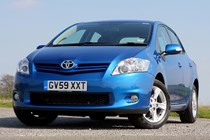
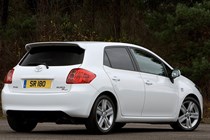
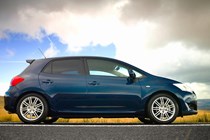
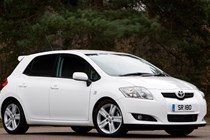
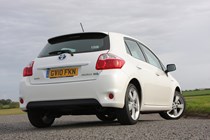
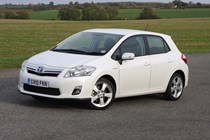
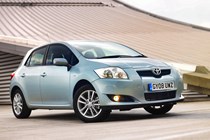
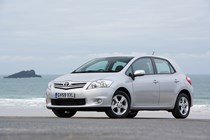

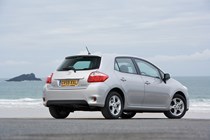
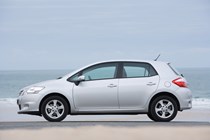
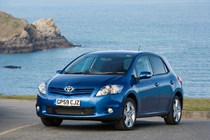
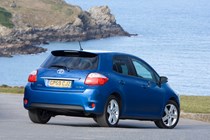
.jpg)
.jpg)
.jpg)
.jpg)
.jpg)
.jpg)
.jpg)
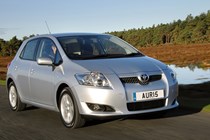
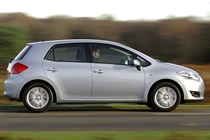
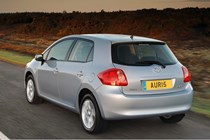
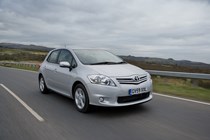
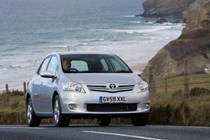
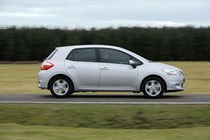
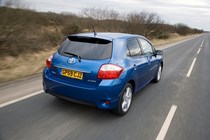
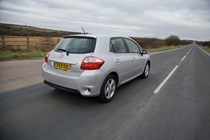
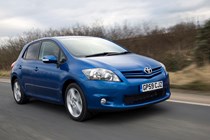
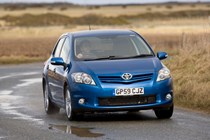
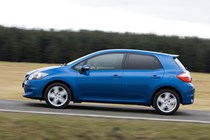
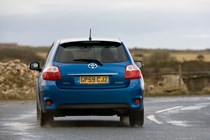
.jpg)
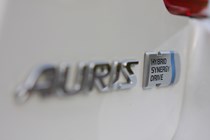
.jpg)
.jpg)
.jpg)
.jpg)
.jpg)
.jpg)
.jpg)
.jpg)
.jpg)
.jpg)
.jpg)
.jpg)
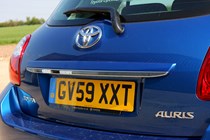
.jpg)
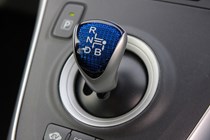
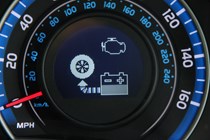


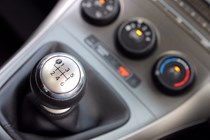
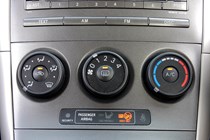
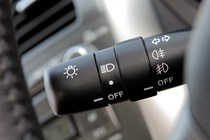
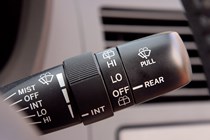
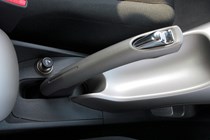
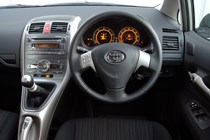

.jpg)
.jpg)
.jpg)
.jpg)
.jpg)
.jpg)
.jpg)
.jpg)
.jpg)
.jpg)
.jpg)
.jpg)
.jpg)
.jpg)
.jpg)
.jpg)
.jpg)
.jpg)
.jpg)
.jpg)
.jpg)
.jpg)


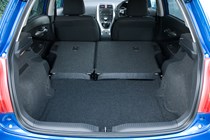
.jpg)
.jpg)
.jpg)
.jpg)
.jpg)
.jpg)
.jpg)
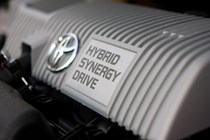
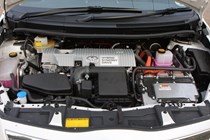
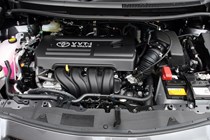
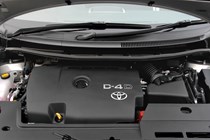
.jpg)













.jpg?quality=50)
.jpg?quality=50)
.jpg?quality=50)
.jpg?quality=50)
.jpg?quality=50)
.jpg?quality=50)
.jpg?quality=50)












.jpg?quality=50)

.jpg?quality=50)
.jpg?quality=50)
.jpg?quality=50)
.jpg?quality=50)
.jpg?quality=50)
.jpg?quality=50)
.jpg?quality=50)
.jpg?quality=50)
.jpg?quality=50)
.jpg?quality=50)
.jpg?quality=50)
.jpg?quality=50)

.jpg?quality=50)











.jpg?quality=50)
.jpg?quality=50)
.jpg?quality=50)
.jpg?quality=50)
.jpg?quality=50)
.jpg?quality=50)
.jpg?quality=50)
.jpg?quality=50)
.jpg?quality=50)
.jpg?quality=50)
.jpg?quality=50)
.jpg?quality=50)
.jpg?quality=50)
.jpg?quality=50)
.jpg?quality=50)
.jpg?quality=50)
.jpg?quality=50)
.jpg?quality=50)
.jpg?quality=50)
.jpg?quality=50)
.jpg?quality=50)
.jpg?quality=50)



.jpg?quality=50)
.jpg?quality=50)
.jpg?quality=50)
.jpg?quality=50)
.jpg?quality=50)
.jpg?quality=50)
.jpg?quality=50)




.jpg?quality=50)